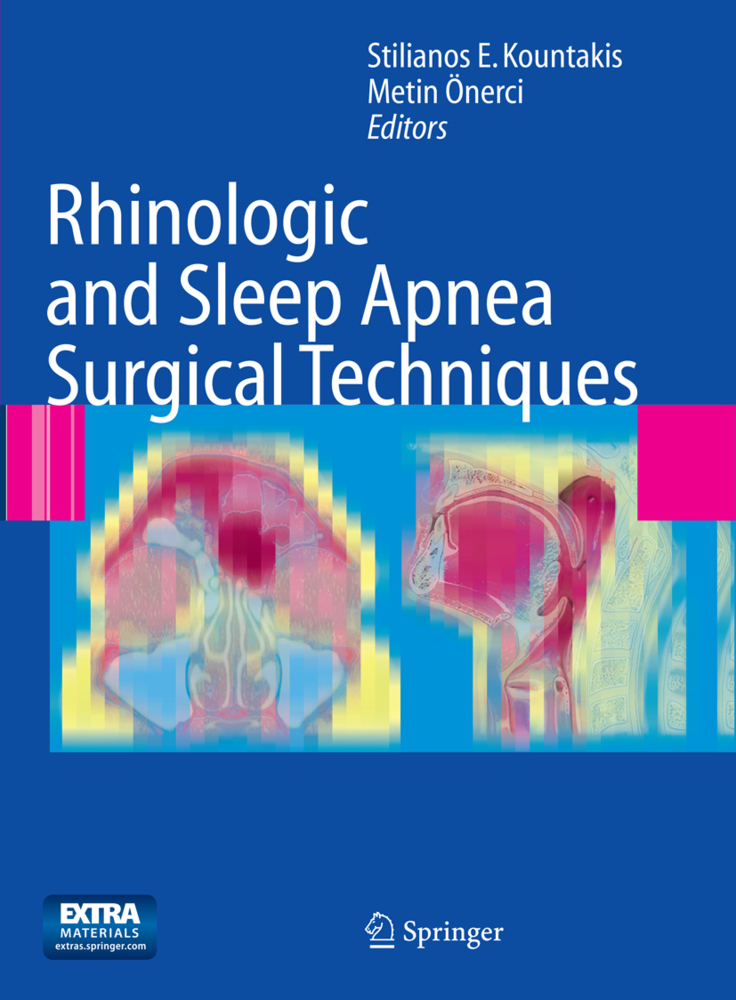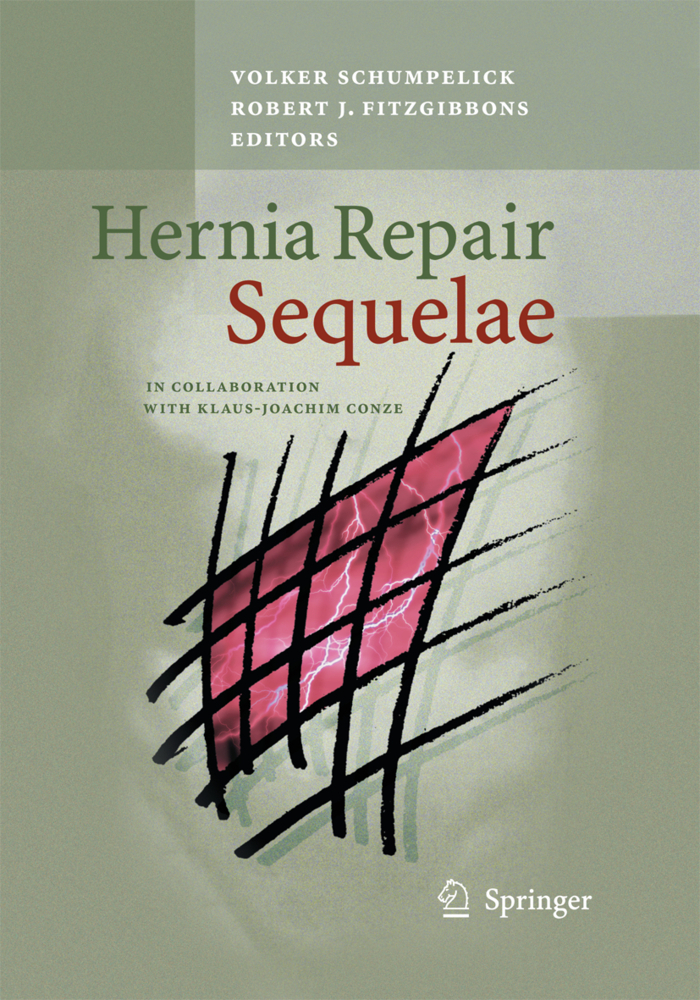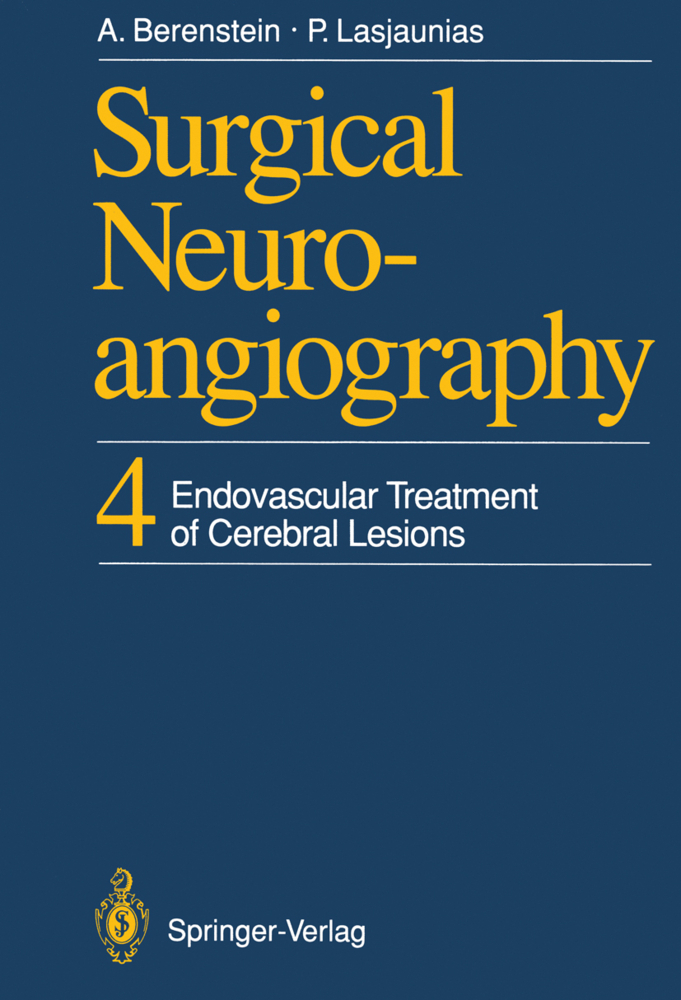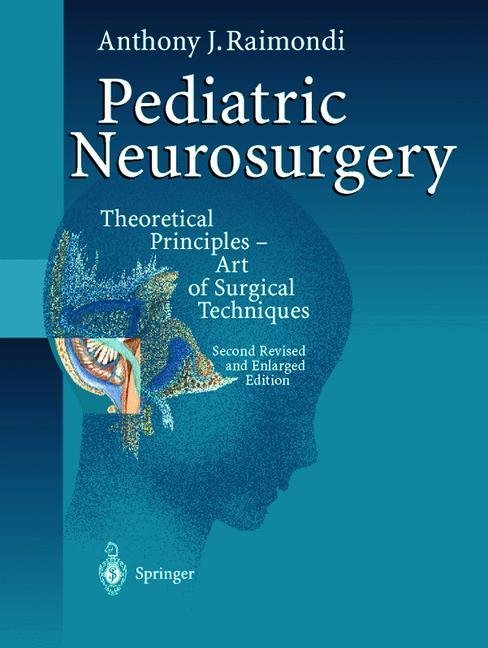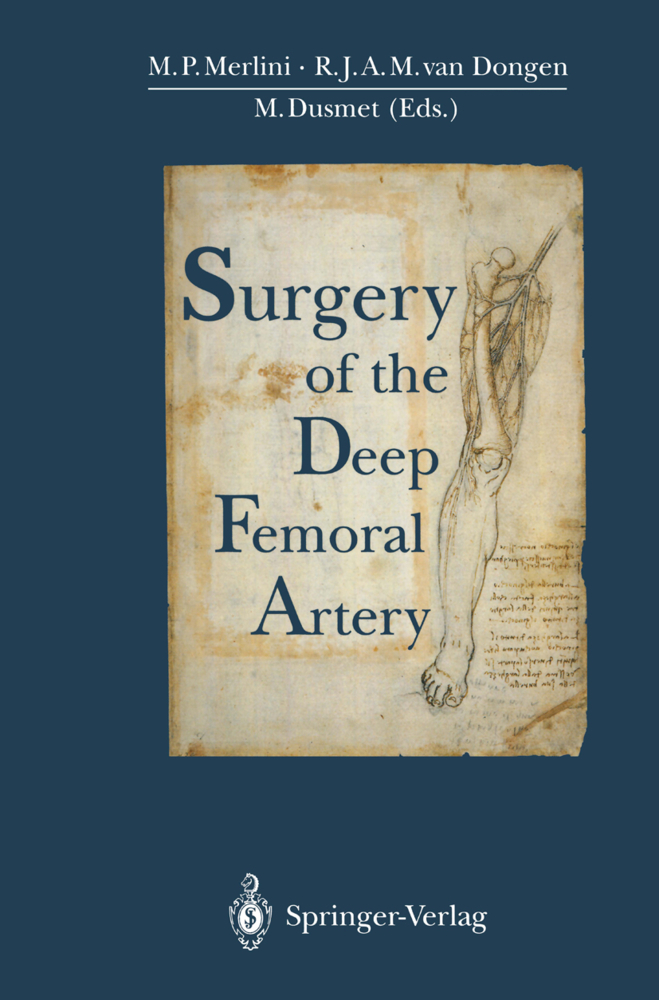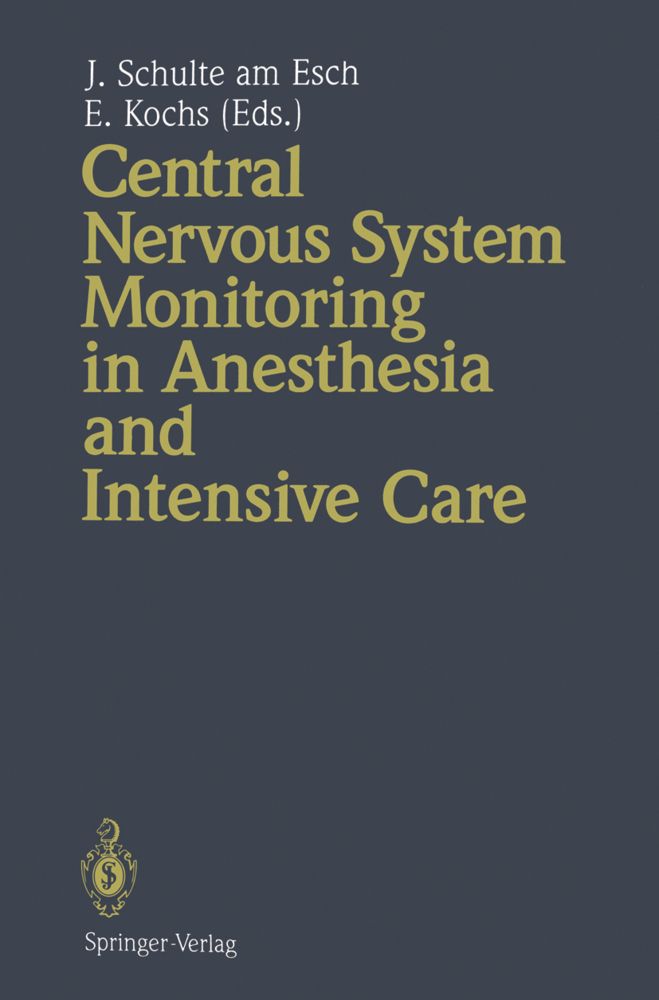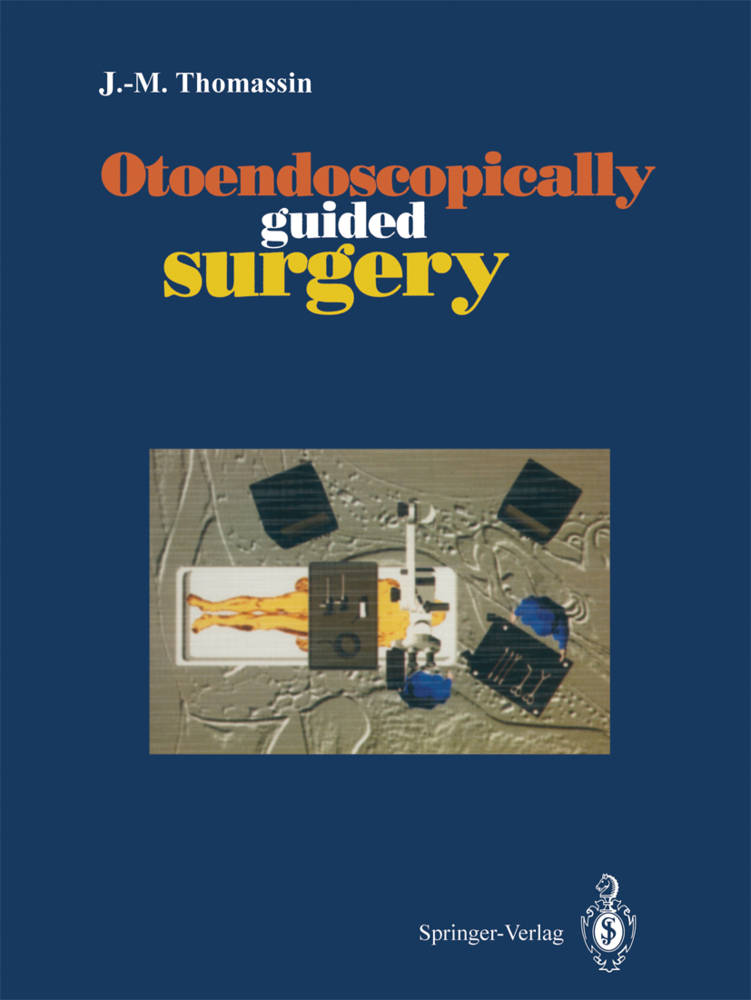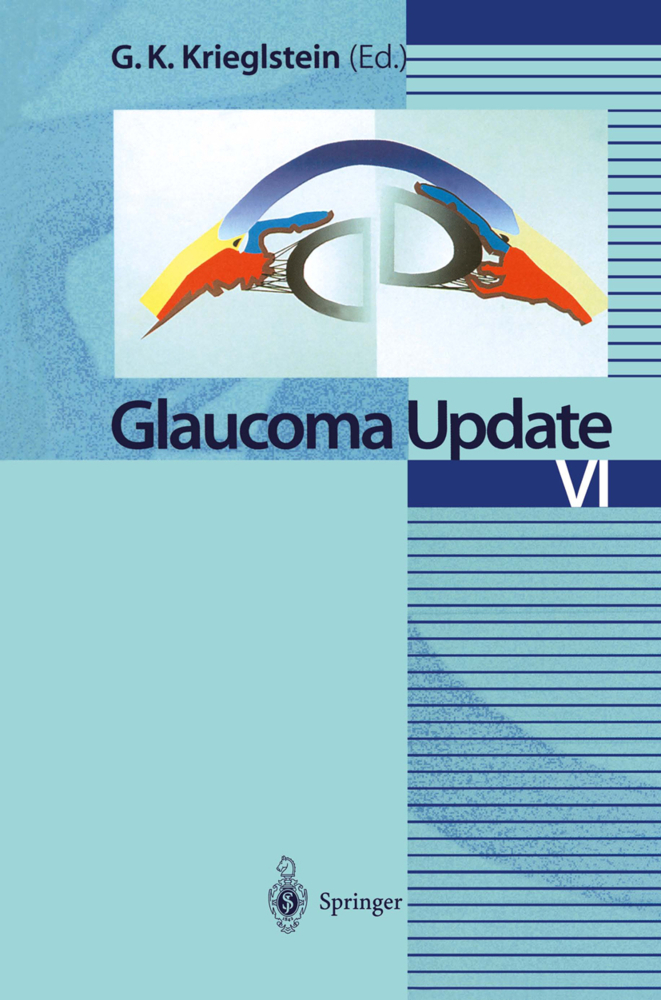Automation in Anesthesia - A Relief?
Forew. by J. E. W. Beneken
Automation in Anesthesia - A Relief?
Forew. by J. E. W. Beneken
Describes a Data Acquisition and Display System (DADS) forpatient monitoring during anesthesia. It combines flexibledata presentation on two color screens with a new alarm me-chanism and automated record keeping.
1.2 Historical Developments in Monitoring
2 The Anesthesiologist's Work in the Operating Room
2.1 Introduction
2.2 General Task Description
2.3 The Operating Room: Layout, Equipment, and Information Presentation
2.4 Flowcharting Anesthesia
2.5 Conclusions
3 The Data Acquisition and Display System (DADS)
3.1 Introduction
3.2 Configuration
3.3 Data How and Processing (Disturbance Detection)
3.4 Data Presentation
3.5 Operation of the System
3.6 Datastorage
3.7 Off-Line Graph and Report Facilities
3.8 Planned Facilities
3.9 Concluding Remarks
4 The Evaluation Method
4.1 Introduction
4.2 Review of the Literature on Evaluation of Medical Equipment
4.3 Setup of the General Evaluation Method
4.4 Setup of the Evaluation Method as Applicable to DADS
4.5 Summary
5 Evaluation: The Tests on Performance of DADS
5.1 General Introduction
5.2 Efficiency of Warnings
5.3 Controllability of Anesthesia
5.4 Summary
6 Evaluation: Redesign Considerations
6.1 Introduction
6.2 Ergonomics: Man-Machine Interaction
6.3 Ergonomics: Information Presentation
6.4 DADS4: The Integrated Workstation
6.5 Summary
7 The Automated Anesthesia Record
7.1 Introduction
7.2 The Automated Anesthesia Record
7.3 Evaluation of the Automated Anesthesia Record
7.4 Discussion
8 Critical Incidents: A Postscript
8.1 Introduction
8.2 Critical Incidents as a Means
8.3 Discussion
Summary
Appendices
1. The Anesthesia Activity Chart
2. A Survey of Events During Coronary Bypass Surgery
3. The Disturbance Detection Algorithm: Backgrounds
4. Artifact Suppression
References.
1 General Introduction
1.1 Introduction and Survey1.2 Historical Developments in Monitoring
2 The Anesthesiologist's Work in the Operating Room
2.1 Introduction
2.2 General Task Description
2.3 The Operating Room: Layout, Equipment, and Information Presentation
2.4 Flowcharting Anesthesia
2.5 Conclusions
3 The Data Acquisition and Display System (DADS)
3.1 Introduction
3.2 Configuration
3.3 Data How and Processing (Disturbance Detection)
3.4 Data Presentation
3.5 Operation of the System
3.6 Datastorage
3.7 Off-Line Graph and Report Facilities
3.8 Planned Facilities
3.9 Concluding Remarks
4 The Evaluation Method
4.1 Introduction
4.2 Review of the Literature on Evaluation of Medical Equipment
4.3 Setup of the General Evaluation Method
4.4 Setup of the Evaluation Method as Applicable to DADS
4.5 Summary
5 Evaluation: The Tests on Performance of DADS
5.1 General Introduction
5.2 Efficiency of Warnings
5.3 Controllability of Anesthesia
5.4 Summary
6 Evaluation: Redesign Considerations
6.1 Introduction
6.2 Ergonomics: Man-Machine Interaction
6.3 Ergonomics: Information Presentation
6.4 DADS4: The Integrated Workstation
6.5 Summary
7 The Automated Anesthesia Record
7.1 Introduction
7.2 The Automated Anesthesia Record
7.3 Evaluation of the Automated Anesthesia Record
7.4 Discussion
8 Critical Incidents: A Postscript
8.1 Introduction
8.2 Critical Incidents as a Means
8.3 Discussion
Summary
Appendices
1. The Anesthesia Activity Chart
2. A Survey of Events During Coronary Bypass Surgery
3. The Disturbance Detection Algorithm: Backgrounds
4. Artifact Suppression
References.
Meijler, A. P.
| ISBN | 978-3-540-18204-7 |
|---|---|
| Artikelnummer | 9783540182047 |
| Medientyp | Buch |
| Copyrightjahr | 1987 |
| Verlag | Springer, Berlin |
| Umfang | XVI, 180 Seiten |
| Abbildungen | XVI, 180 p. 4 illus. |
| Sprache | Englisch |


